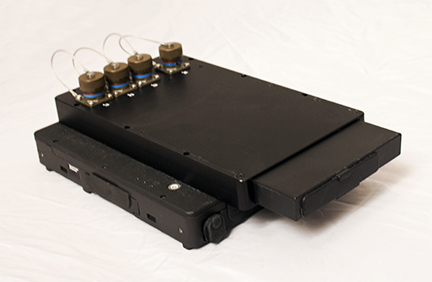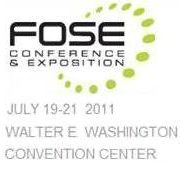 I don’t know about you, but I am sick of certain clichés about unmanned systems and combat. It’s just my opinion, but some commonly repeated statements confuse, rather than clarify. Here are a couple of my “favorites.”
I don’t know about you, but I am sick of certain clichés about unmanned systems and combat. It’s just my opinion, but some commonly repeated statements confuse, rather than clarify. Here are a couple of my “favorites.”
“The use of unmanned systems in combat will destroy the warrior ethos.”
I’m sure you’ve heard this. “They’re cowards, these so-called ‘soldiers’ who strike from afar. A real man confronts his enemy face-to-face. These new weapons should be banned.”
Of course, this quote is from a French nobleman talking the English archers and their long bows. The whole argument about the unmanliness of “death from afar” probably started the first time someone threw a rock. This line of reasoning ignores the fact that war isn’t about building soldierly virtues; it’s about winning (or to paraphrase Patton, “Making the other guy die for his country”). Read more






 here’s nothing quite like the prospect of a half of a billion dollars to get the blood pumping, the brain scheming, and the pundits pontificating. The President’s ambitious Advanced Manufacturing Partnership (AMP), which includes $70 million for robots, may not revive the American manufacturing sector, but it certainly has provided fodder for the technology media.
here’s nothing quite like the prospect of a half of a billion dollars to get the blood pumping, the brain scheming, and the pundits pontificating. The President’s ambitious Advanced Manufacturing Partnership (AMP), which includes $70 million for robots, may not revive the American manufacturing sector, but it certainly has provided fodder for the technology media. 




 Every once in a while, someone asks me to translate military jargon, or more often summarize a lengthy statement into an “executive summary.” Here are a couple of examples of my attempts to convert a dense forest of words into a simple “take home message.”
Every once in a while, someone asks me to translate military jargon, or more often summarize a lengthy statement into an “executive summary.” Here are a couple of examples of my attempts to convert a dense forest of words into a simple “take home message.”